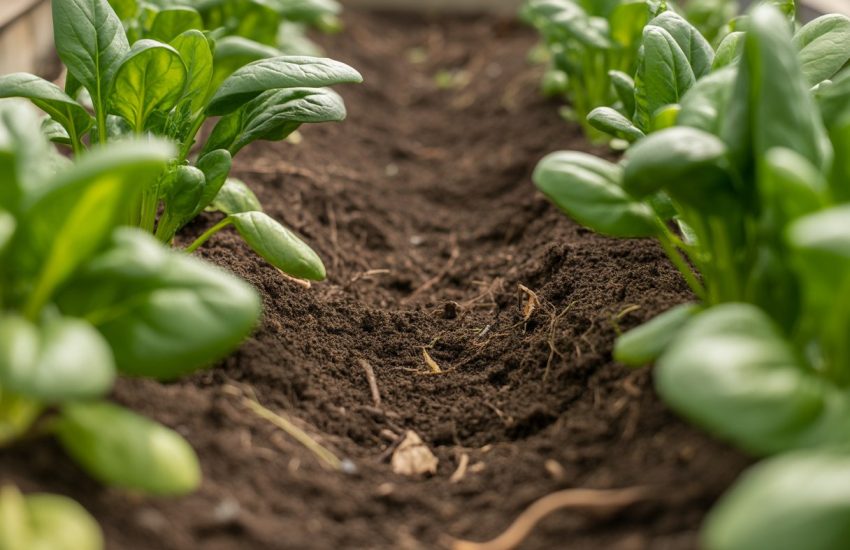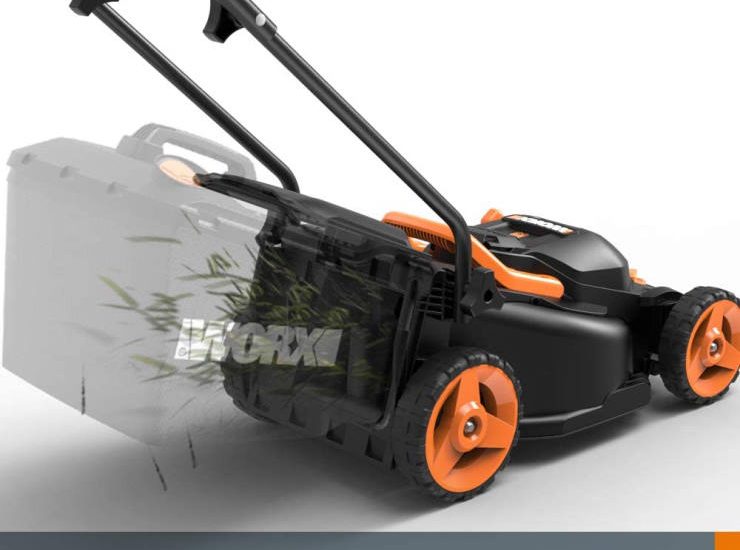How to Grow Ginger in Pots: A Step-by-Step Guide
Ginger is a popular spice that is used in many dishes around the world. It is also known for its medicinal properties, making it a valuable addition to any garden. However, not everyone has the space or resources to grow ginger in a traditional garden. Fortunately, growing ginger in pots is a viable option for those who want to enjoy fresh ginger at home.

To grow ginger in pots, the first step is to select the right container. A pot that is at least 12 inches deep and wide is recommended to allow enough room for the ginger to grow. It is also important to choose a pot with good drainage to prevent water from accumulating and causing root rot.
Once the pot is selected, the next step is to prepare the soil. A well-draining soil mix that is rich in organic matter is ideal for growing ginger. The soil should be moist but not waterlogged, as ginger prefers a slightly moist environment. With the right container and soil, growing ginger in pots can be a rewarding experience for any home gardener.
Getting Started with Ginger
Growing ginger in pots is a great way to enjoy the fresh taste of ginger without having to buy it from the store. Here are a few things to keep in mind when starting your ginger growing journey:
Choosing the Right Container
When choosing a container for your ginger plant, it’s important to choose one that is at least 12 inches deep and 12 inches wide. This will give the ginger plant enough space to grow and develop its rhizomes. Fabric grow bags are also a great option for container growing, as they provide excellent drainage and allow for air circulation.
Make sure the container you choose has drainage holes at the bottom to prevent water from pooling and causing root rot.
Selecting and Preparing Ginger Rhizomes
When selecting ginger rhizomes, look for ones with visible growth buds or “eyes.” These are the spots where the new growth will emerge from.
Before planting, soak the ginger rhizomes in water overnight to help them sprout faster. Then, cut the rhizomes into pieces, making sure each piece has at least one growth bud.
The Ideal Potting Mix
The ideal potting mix for growing ginger in pots should be well-draining and rich in organic matter. A mix of loamy soil and compost or aged manure works well.
When planting, bury the ginger rhizomes about 2-3 inches deep in the potting mix, with the growth bud facing up. Water the potting mix thoroughly, but be careful not to overwater as this can cause root rot.
With these tips, you’ll be well on your way to growing your own fresh ginger in pots.
Caring for Your Potted Ginger
Growing ginger in pots requires proper care and attention to ensure that the plant thrives and produces a bountiful harvest. Here are some essential tips to help you care for your potted ginger:
Watering and Moisture Management
Ginger plants require consistent moisture to grow and thrive. Overwatering can lead to root rot, while underwatering can cause the plant to dry out and die. It is best to keep the soil moist but not waterlogged. Allow the top inch of soil to dry out before watering again.
Temperature and Sunlight Requirements
Ginger plants prefer warm temperatures and full sun, but they can also tolerate indirect sunlight. The ideal temperature range for ginger is between 68-77°F (20-25°C). In colder climates, it is best to keep the plant indoors or in a greenhouse to protect it from frost.
Fertilization and Nutrient Needs
Ginger plants require regular fertilization to grow and produce a healthy harvest. Use a balanced organic fertilizer, such as compost or liquid fish emulsion, every 4-6 weeks during the growing season. Avoid using granular fertilizers, which can burn the plant’s roots.
Dealing with Pests and Diseases
Ginger plants are susceptible to pests and diseases, such as bacterial wilt, aphids, fusarium, and nematodes. To prevent these issues, keep the plant well-watered and avoid over-fertilizing. If you notice any signs of pests or diseases, treat the plant with an organic pesticide or fungicide.
By following these care tips, you can ensure that your potted ginger plant grows healthy and produces a bountiful harvest.


